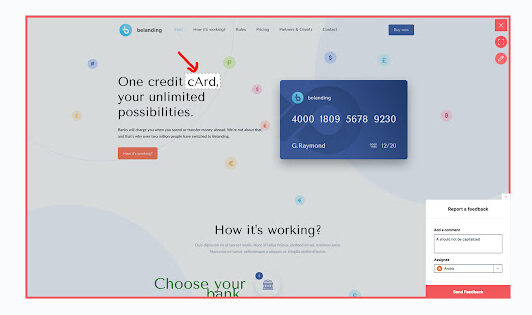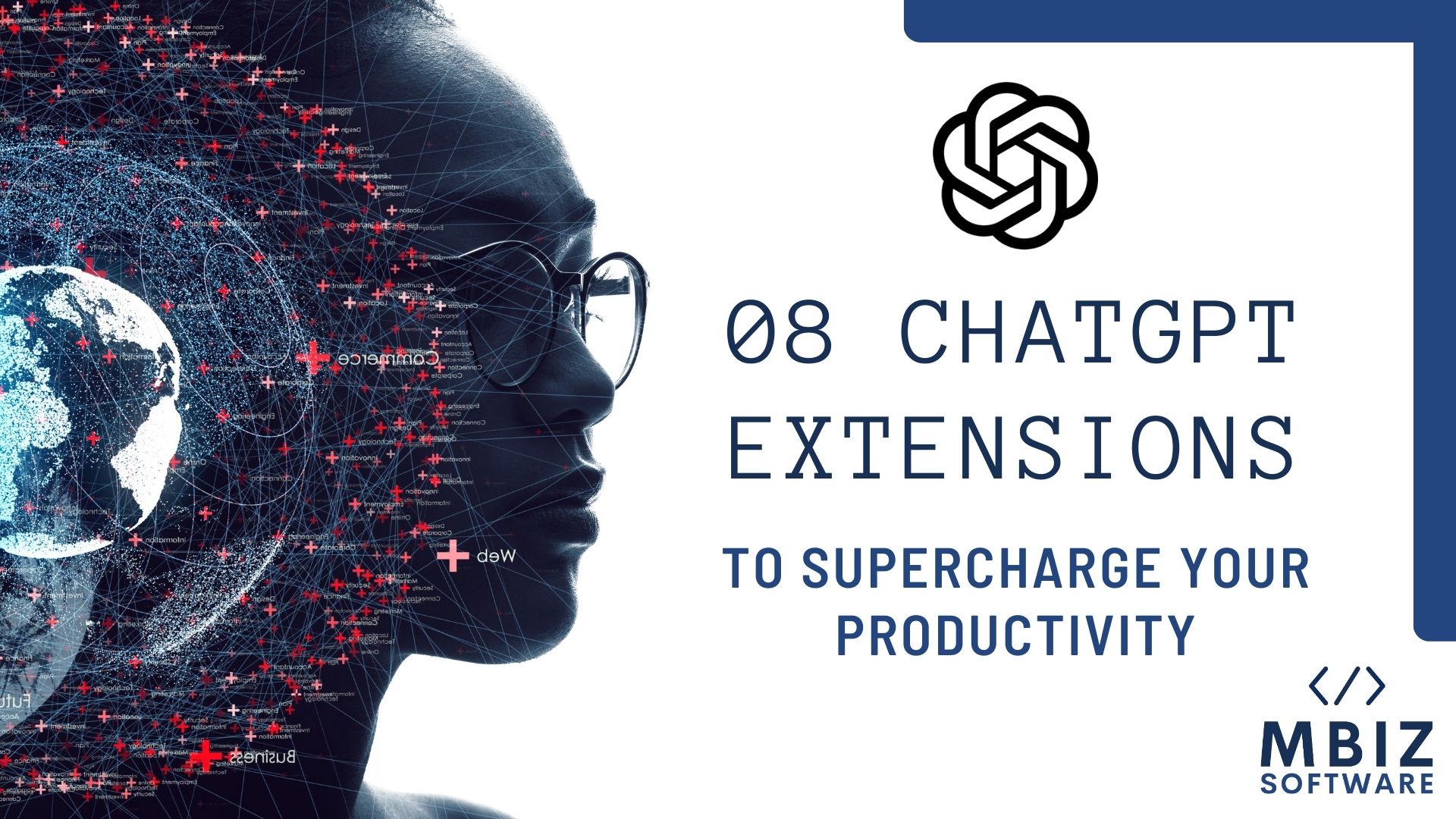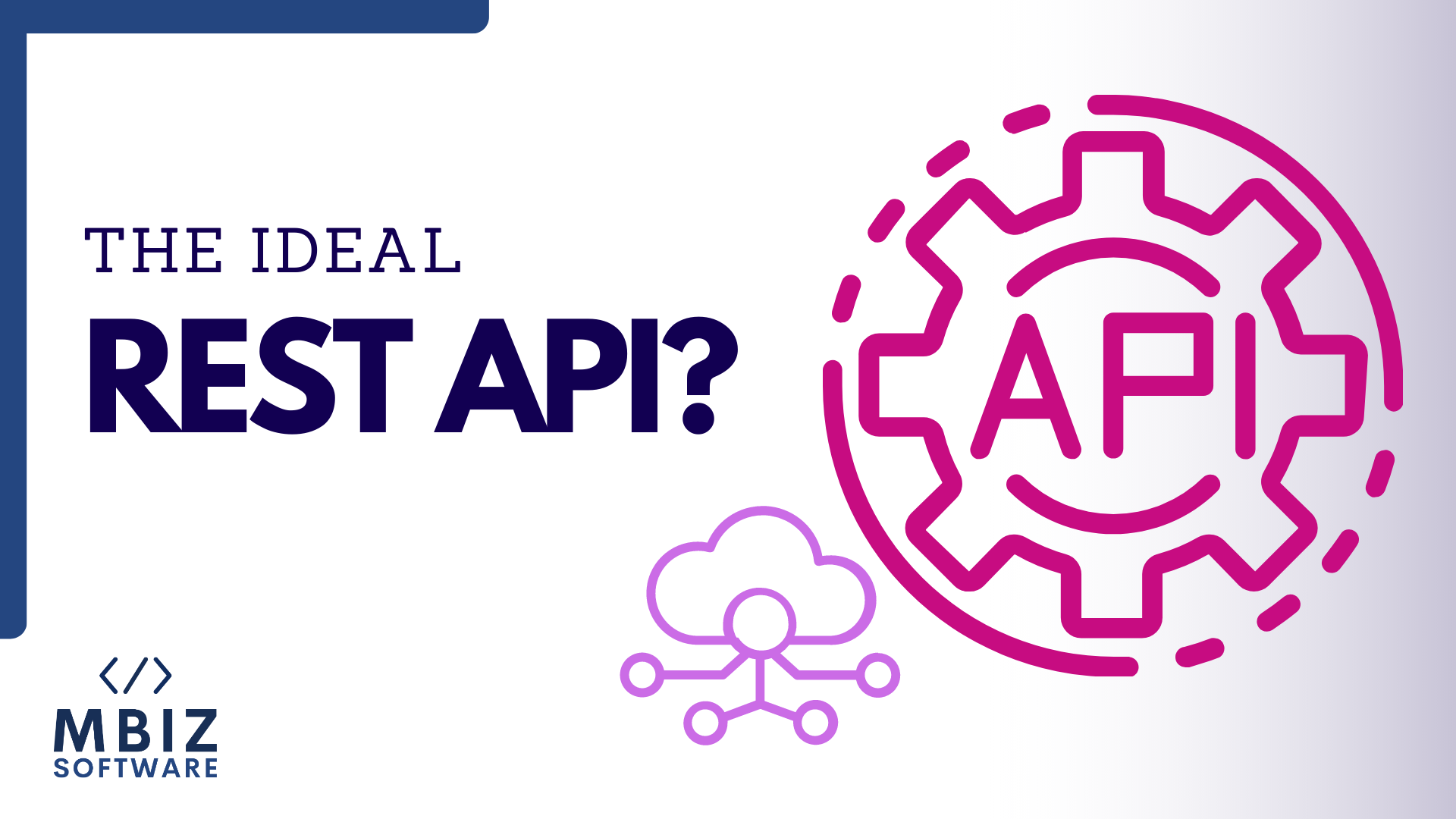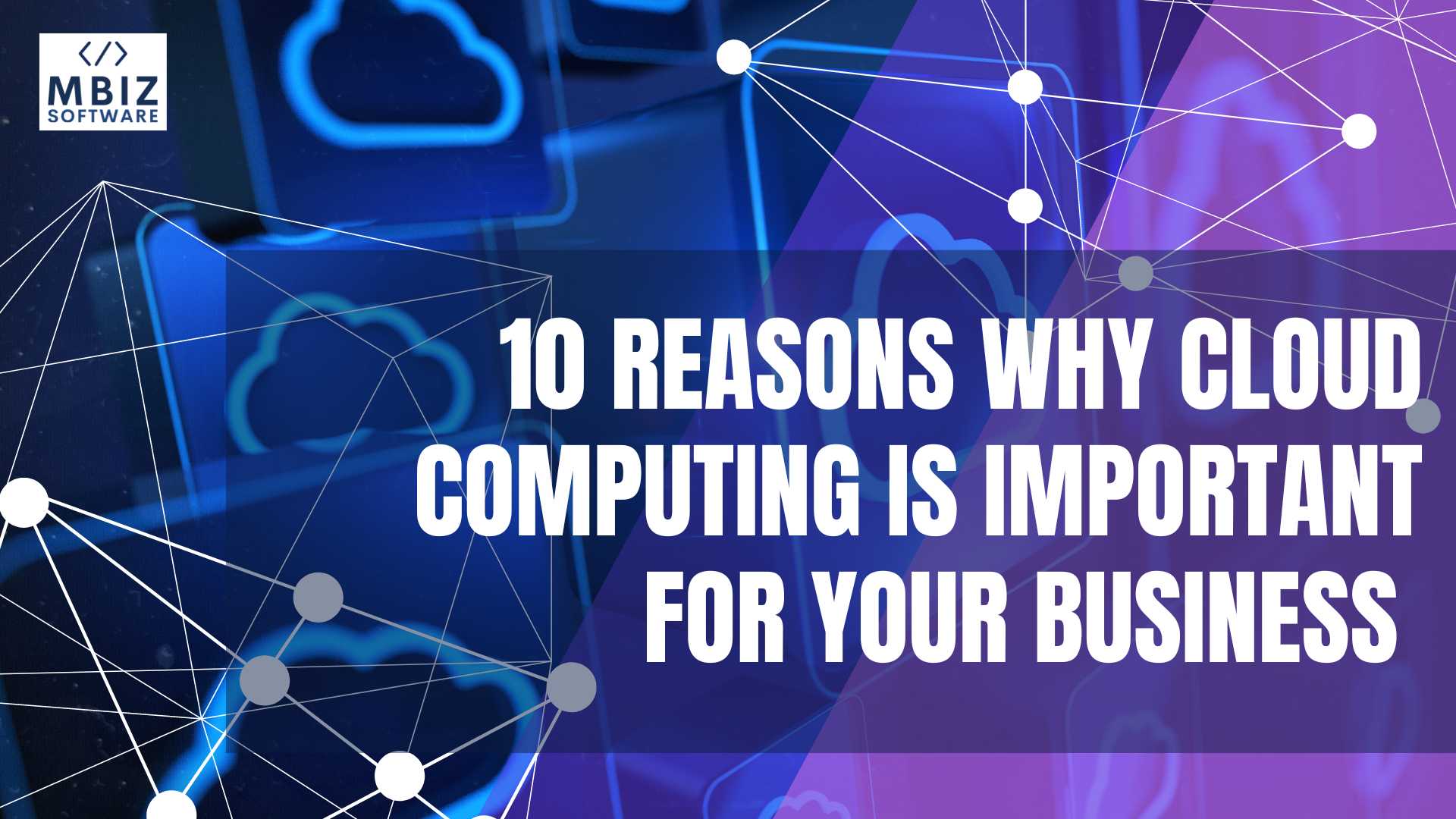Are you a developer looking for the best code editor to improve your coding experience? Look no further! In this article, we’ll explore the top five code editors that are taking the industry by storm in 2023. Whether you’re looking for a code editor for Python, JavaScript, HTML, CSS, or even C++ source code, we’ve got you covered. Plus, we’ll share the best code editors for your platform, whether you’re a Windows, Linux, or MacOS user.
What are code editors?
First, let’s look at code editors and why coders require them. Code editors are used by developers. Text editors that have code management functionality. Some programming languages are supported by other editors. Language-assisted code editors advise and highlight, accelerating development. Structure editors work with syntax trees to manipulate code structure. Syntax trees in programming languages structure code. Structure editors aid developers in writing and editing code by allowing them to navigate and manipulate it. Code editors are not compliable. You write and edit source code instead. This is significant since you will need a different compiler to run and test your code. The best code editors work with compilers and other development tools to facilitate testing and debugging.
So, why should you pick the best code editor? Code editing speeds up and improves efficiency. The correct code editor saves time and improves code quality. With the correct features and functionalities, you can personalize your coding experience.
Now that we’ve covered the basics of what a code editor is and why it’s important, let’s dive into the top five code editors in 2023. You’ll find the greatest code editor to improve your coding skills whether you’re a beginner or a pro.
1) IntelliJ IDEA
IntelliJ IDEA is a popular Java integrated development environment (IDE) developed by JetBrains. The code editor has a range of features and tools that make it a top choice for Java developers. It supports other programming languages such as Kotlin, Groovy, Scala, and more.
Platform: Windows, Linux, MacOS
Price: Free for community edition, $499 for ultimate edition
Features:
- Intelligent coding assistance and analysis for Java developers, with features like code completion, error highlighting, and refactoring
- Smart code completion and suggestion for other popular programming languages like Python, JavaScript, and Kotlin
- Debugging and testing support to help you find and fix issues in your code
- Integration with popular build tools like Gradle and Maven, making it easy to build and deploy your projects
- Customizable user interface with a dark theme option, making it easy on the eyes during long coding sessions
- Support for multiple operating systems, including Linux, Mac, and Windows
|
Programming languages |
Operating systems |
Price/cost |
|
Java source code, Kotlin, Groovy, Scala, Python, Ruby, PHP, SQL, TypeScript, JSON, and more… |
Windows, Linux, MacOS |
Free/Paid |
2) Visual Studio Code
Visual Studio Code is an open-source code editor developed by Microsoft, and it has been gaining popularity since its initial release in 2015. The code editor is available on all major platforms, including Windows, Linux, and MacOS. Visual Studio Code is a popular choice for developers who work with multiple programming languages as it supports an extensive range of languages, including Python, JavaScript, HTML, CSS, and more.
Platform: Windows, Linux, MacOS
Price: Free
Features:
- Built-in Git integration for version control
- Intellisense for smart coding with support for popular programming languages like Python, JavaScript, and Java
- Support for multiple operating systems, including Linux, Mac, and Windows
- Debugger for JavaScript, TypeScript, and Node.js, making it an excellent choice for web developers
- Customizable user interface to personalize your coding environment
- Extensions marketplace with many free and paid extensions to enhance your productivity
|
Programming languages |
Operating systems |
Price/cost |
|
Python, JS/JavaScript, HTML, CSS, C++ source code and more… |
Windows, Linux, MacOS |
Free |
3) Sublime Text:
Sublime Text is a fast and customizable code editor that has been around since 2008. The code editor is known for its speed, simplicity, and powerful features. It has a minimalist user interface and is highly customizable, making it a favorite among developers who value speed and efficiency.
Platform: Windows, Linux, MacOS
Price: $80 for a license
Features:
- Fast and lightweight editor, making it an ideal choice for developers who want a simple yet powerful code editor
- Syntax highlighting and code folding for languages like Python, HTML, CSS, and JavaScript
- Multiple selections and editing for quick coding and editing
- Customizable key bindings and macros for keyboard shortcuts that fit your workflow
- Package manager for extensions and plugins, allowing you to extend the functionality of the editor
- Support for multiple operating systems, including Linux, Mac, and Windows
|
Programming languages |
Operating systems |
Price/cost |
|
Python, JS/JavaScript, HTML, CSS, C++ source code and more… |
Windows, Linux, MacOS |
Paid |
4) Notepad++
Notepad++ is a free source code editor for Windows. It has been around since 2003 and is a favorite among developers who value simplicity and speed. The code editor is lightweight, and its user interface is easy to navigate. It supports a wide range of programming languages, making it a great choice for developers who work with multiple languages.
Platform: Windows
Price: Free
Features:
- Tabbed interface for easy navigation through multiple files
- Syntax highlighting and folding for many programming languages, including Python, Java, and C++
- Auto-completion and auto-correction to reduce typing errors and increase productivity
- Search and replace with regular expressions, making it easier to find and replace text patterns in your code
- Multiple encoding support, including UTF-8, ASCII, and more
- Macro recording and playback to automate repetitive tasks and save time
- Free and open-source code editor, making it an excellent choice for developers on a budget
|
Programming languages |
Operating systems |
Price/cost |
|
Python, JS/JavaScript, HTML, CSS, C++ source code and more… |
Windows |
Free |
5) Vim
Vim is a popular open-source text editor that is known for its powerful features and customizable interface. Vim has been around since the 1990s and is still a popular choice among developers in 2023. Vim is a modal editor, which means that it has different modes for inserting text and editing text. It is a very lightweight editor and runs very fast on almost all platforms. It allows developers to use Vim shortcuts and commands making it a popular choice among users. Vim supports a wide range of programming languages, including Python, JavaScript, HTML, CSS, and more.
Platform: Windows, Linux, MacOS
Price: Free
Features:
- Vim emulation for fast and efficient editing, allowing you to use your favorite Vim commands within the editor
- Modes for different editing tasks, such as insert mode and command mode
- Customizable key bindings and mappings, making it easy to personalize your workflow
- Multiple cursors and selection, allowing you to edit multiple lines at once and increase your productivity
- Integration with popular tools and plugins like Git, making it easy to manage your code
- Support for multiple programming languages like Python, C++, and JavaScript, making it a versatile code editor for developers
|
Programming languages |
Operating systems |
Price/cost |
|
Python, JS/JavaScript, HTML, CSS, C++ source code and more… |
Windows, Linux, MacOS |
Free |
In conclusion, choosing the best code editor for your needs can make all the difference in your coding experience. Whether you’re a Python, JavaScript, HTML, CSS, or C++ developer, there’s a code editor out there that can help you write and edit your code with ease. And with the right features and functionalities, you can customize your coding experience to suit your preferences.
As a top-tier tech company, MBiz Software offers a wide range of software solutions for small businesses and big corporations alike. Our suite of services includes a range of cutting-edge tools used to help you streamline your workflow and take your business to the next level. Contact us now!
Got a Project or Idea?
Send us the details and we’ll be in touch within 24 hours.



















